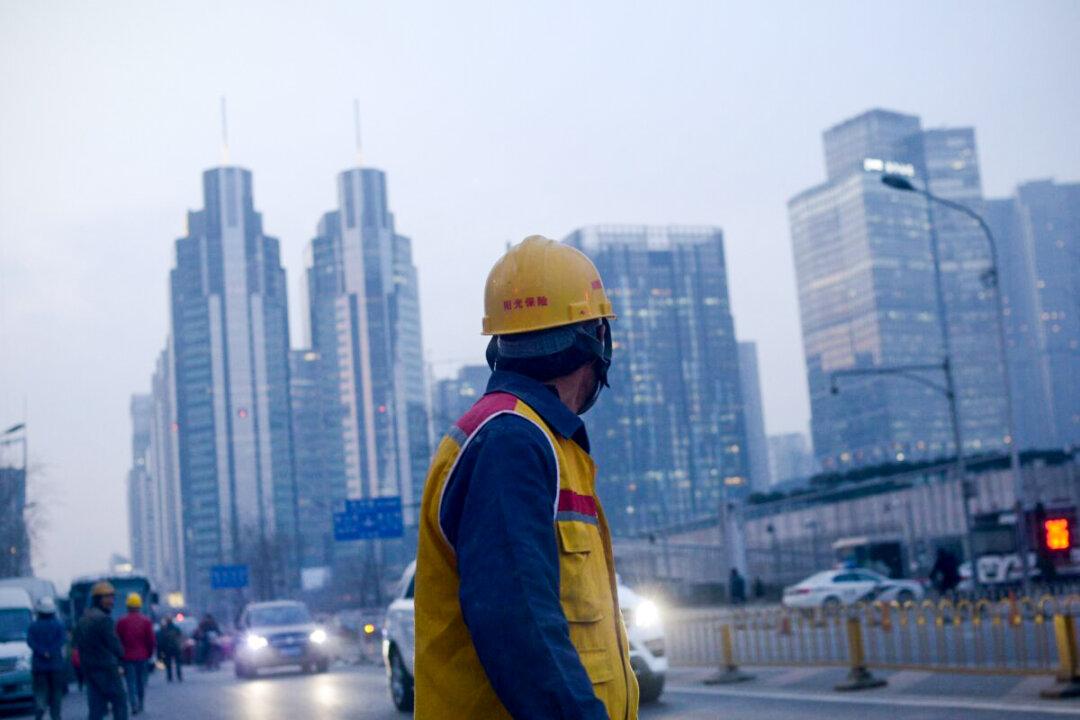Beijing said China’s factory activity shrank for a second month in October, putting it down to power shortages, high raw material prices, and soft domestic demand. Meanwhile, authorities said producer prices have risen to “years high.”
Oct. 31 data from the National Bureau of Statistics (NBS) show China’s purchasing managers’ index (PMI) for the manufacturing sector contracted to 49.2 in October, down from 49.6 in September. The 50 mark separates growth from contraction on a monthly basis and a reading below 50 indicates a decline.




